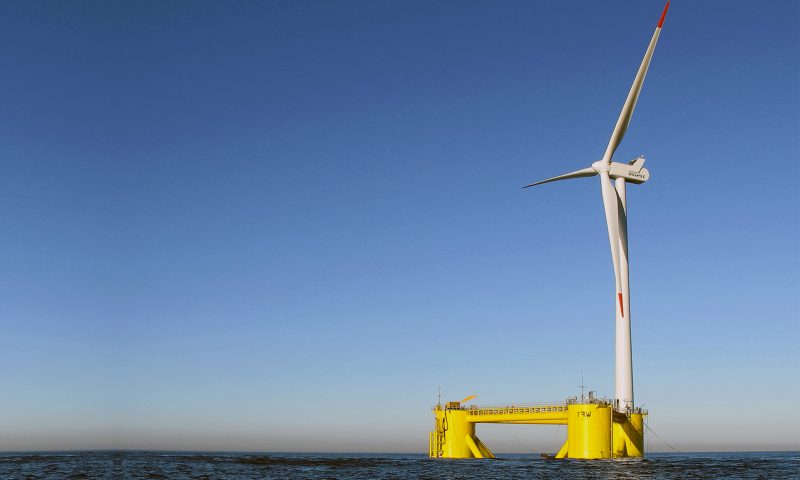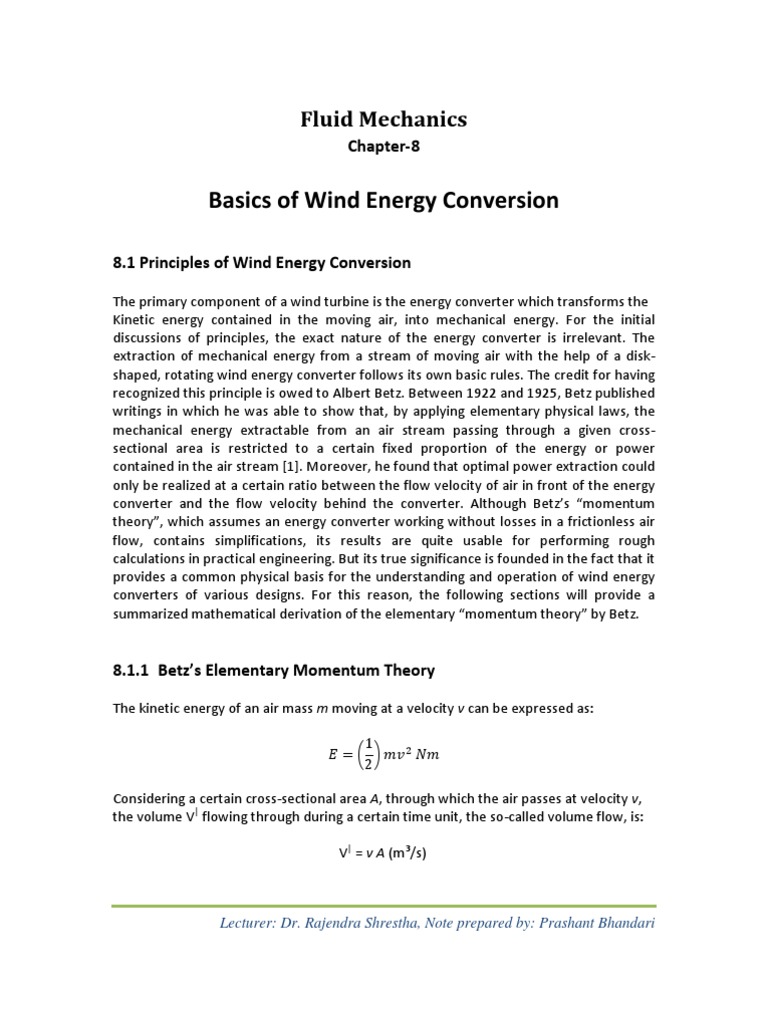Wind energy is a form of renewable energy that harnesses the power of the wind to generate electricity. It is a clean and abundant source of energy that has the potential to significantly reduce our reliance on fossil fuels and mitigate the negative impacts of climate change.
The principle of wind energy is simple: wind turbines capture the kinetic energy of the wind and convert it into electricity through the use of a generator. Wind turbines are typically mounted on tall towers, where they can capture the wind at higher speeds and more consistently than at ground level. The turbine blades are mounted on a rotor, which is connected to a drivetrain that powers a generator. When the wind blows, it pushes the blades of the rotor, causing it to rotate. This rotation drives the generator, which converts the mechanical energy of the rotor into electrical energy.
There are two main types of wind turbines: horizontal-axis wind turbines and vertical-axis wind turbines. Horizontal-axis wind turbines, which are the most common type, have long blades that rotate around a horizontal axis. Vertical-axis wind turbines have shorter blades that rotate around a vertical axis. Both types of wind turbines are designed to capture the energy of the wind and convert it into electricity, but they differ in terms of their size, shape, and orientation.
Wind energy is a clean and renewable source of electricity that has many benefits. It does not produce any greenhouse gas emissions, making it a key component in the fight against climate change. It also has a low impact on the environment, as it does not require the extraction and processing of fossil fuels. In addition, wind energy is a reliable source of electricity, as it is not subject to the fluctuations and disruptions that can occur with other sources of energy.
There are, however, some challenges associated with wind energy. One of the main challenges is the need for large areas of land to install wind turbines. This can be a concern in areas with limited land availability or in areas where the turbines may have an impact on the local landscape or wildlife. In addition, wind energy is dependent on the availability of wind, which can vary depending on location and weather conditions. Finally, wind turbines can be noisy and may be considered unsightly by some people.
Overall, wind energy is a promising source of renewable energy that has the potential to significantly reduce our reliance on fossil fuels and mitigate the negative impacts of climate change. While there are challenges associated with its implementation, the benefits of wind energy make it an important source of clean, reliable, and renewable electricity.







